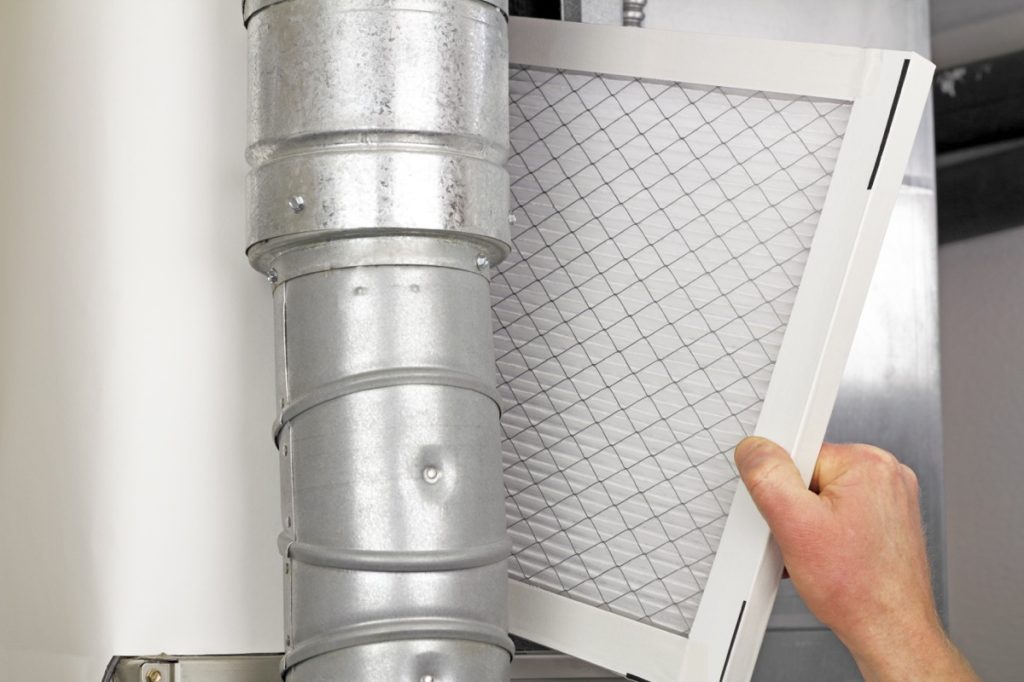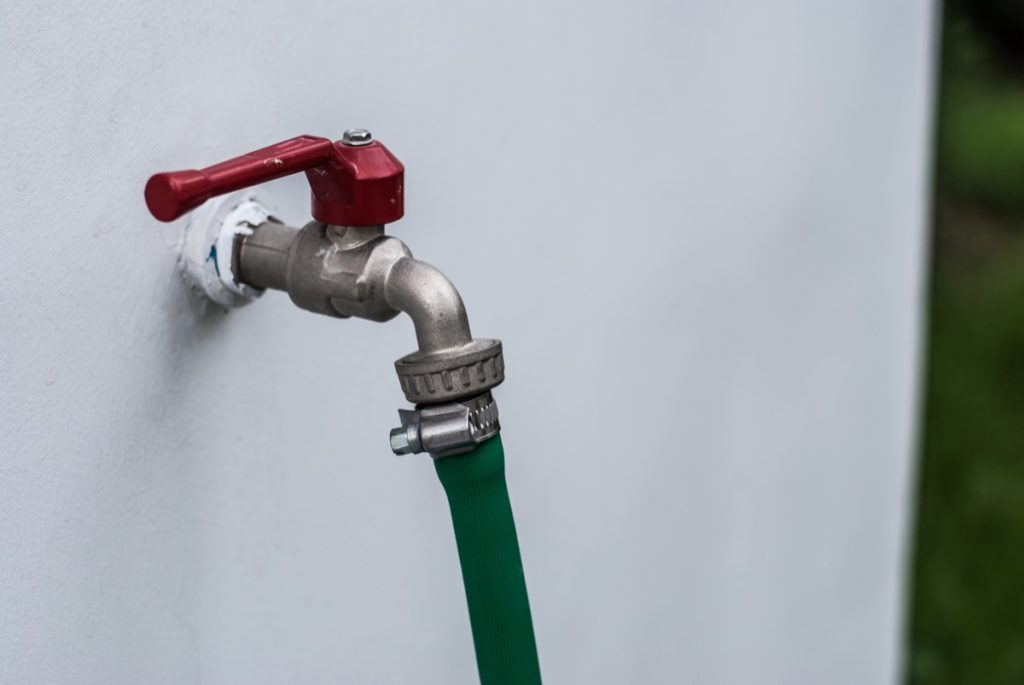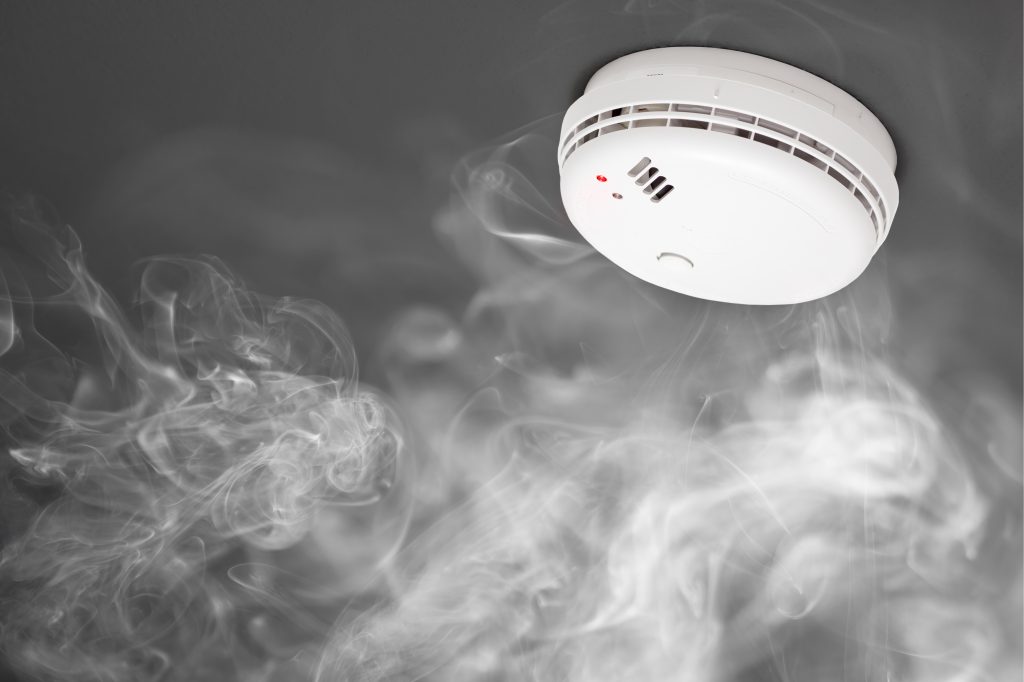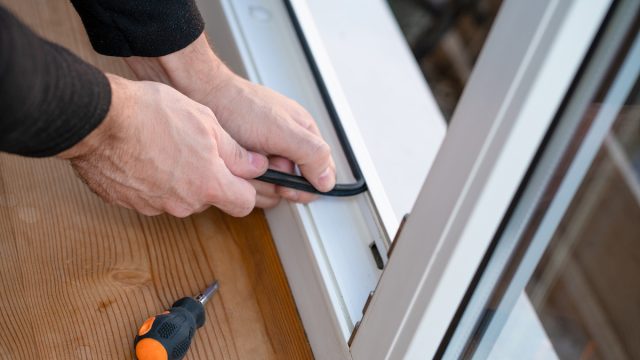Do These 5 Things Now to Winterize Your Home and "Save Thousands of Dollars"
A popular lifestyle influencer shares her best tips to get your house ready for cold weather.
Preparing for winter isn't just about hanging string lights and busting out the sweaters. As the temperature starts to drop, your home also needs some extra attention. In fact, failing to adequately winterize your home can end costing you money in the long term, according to a recent viral Instagram post from Barbara "Babs" Costello, the stratospherically popular lifestyle influencer known as @brunchwithbabs.
Winter-proofing your home is not exactly glamorous work. As Costello points out, most of the required steps are about taking measures to prevent something worse (read: extremely expensive) from happening. But once you're done, you can rest assured your home is set for the season. Here are the five steps you can and should take to get your home ready for winter.
RELATED: 10 Mistakes You're Making That Keep Your House Cold, Experts Say.
1
Switch your furnace filter.

The single most important thing you can do to get your home ready for winter is to swap out your furnace filters. But don't just do it once and call it a day: Be sure to change them approximately every three months. (Fingers crossed the winter in your region doesn't last quite that long.)
"If you don't replace your filters every 90 days, you're spending up to 15 percent more on your heating bills," Costello explains.
What's more, old filters can put additional strain on your air ducts, potentially leading to a full collapse of your heating system. Replacing the heating system can cost you anywhere from $4,000 to $12,000, according to Costello. Furnace filters, meanwhile, tend to be less than $50 a pop at retailers like Home Depot.
RELATED: 5 Ways Your Home's Carpeting Can Make You Sick.
2
Cut off exterior water flow.

Frozen pipes account for up to one-fifth of property damage claims, according to estimates from Thomas & Galbraith, an Ohio-based HVAC and plumbing company.
As the temperature drops below freezing levels, water in your pipes will turn to ice, which causes those pipes to expand, crack, and, in some cases, burst. When winter ends and the temperature rises, the ice will then melt, potentially causing serious water damage.
But this is not hard to prevent: Completely turn off the water source to your exterior, then drain any leftover water in the pipe at the start of winter. For extra caution, Costello recommends completely disconnecting your hose and bringing it inside for the season.
Lastly, you could go so far as to install a temporary foam cover to prevent your pipes from swelling. "If you don't, and your pipes freeze and burst, it can cost you up to $1,000," Costello notes.
RELATED: 10 Signs Our Winter Could Be Brutal, Farmer's Almanac Says.
3
Clean your gutters.

Whether you do it yourself or hire someone to do it for you, make sure your gutters are clear of leaves, twigs, and other clutter before winter sets in. If possible, you'll want to avoid doing it when leaves are wet and pulpy; it'll be a much easier process if you can get them when they're damp or dry.
"Clogged gutters can cause roof damage, major leaks inside your home, and even flooded basements, costing you thousands," Costello shares.
RELATED: 5 Items You Should Never Store in Your Pantry, According to Experts.
4
Move your outdoor furniture inside.

Yes, outdoor furniture is designed for the outdoors. But even the sturdiest exterior tables and chairs aren't meant to withstand cruel winters. If you have the space inside—even a basement or garage—bring it all in for the season.
Alternatively, Costello recommends covering the furniture with a tarp—something that can protect it from the elements, particularly heavy snow.
"If you don't, you could be spending lots of money replacing that furniture next spring," she says. "Just invest in a tarp and a bungee cord."
RELATED: 24 Small Ways You're Making Your Home More Dangerous.
5
Update the batteries in your fire and carbon monoxide detectors.

Changing the batteries in your fire alarm and carbon monoxide detector is less a winter-proofing tip, per se, and more a thing you should do whenever you're giving your home a touch-up—albeit it's a task you can't put a dollar amount on. Why? Says Costello, "Your life is priceless."
RELATED: For more up-to-date information, sign up for our daily newsletter.






















